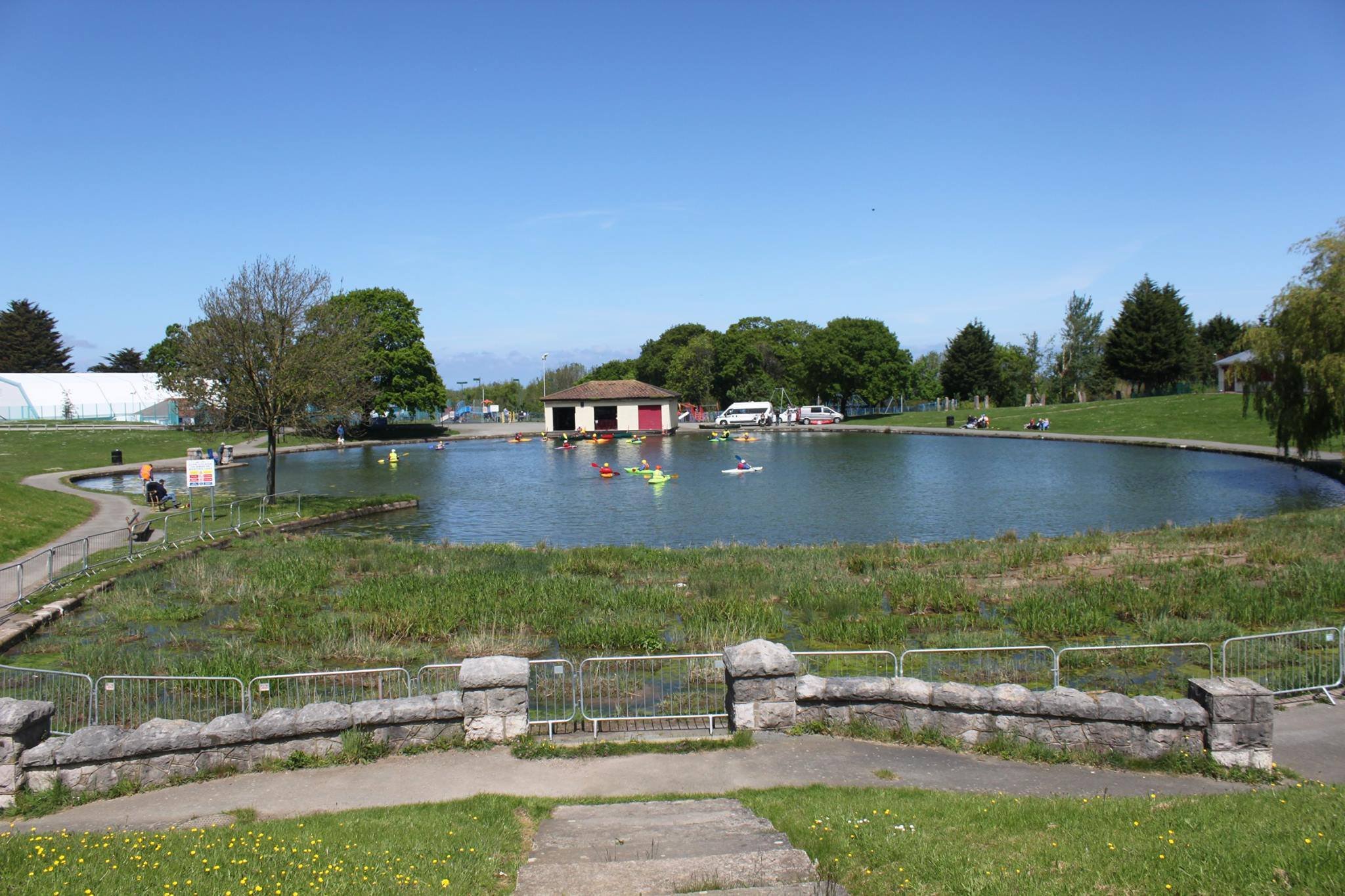Constructed Wetlands and Reedbeds
Constructed wetlands and reedbeds (Wetlands) are a man-made semi-natural method of mimicking one of nature’s most critical processes of cleaning and filtering water. These manmade systems are now routinely used to improve and maintain the quality of ‘point’ and ‘nonpoint’ sources of pollution.
Pollution of water occurs in many forms which include but are not limited to:
Stormwater runoff
Domestic sewage effluent and wastewater
Agricultural wastewater
Industrial wastewater
Catchment enriched run-off
Composts and landfill leachate
Aquaculture discharges
Wetlands are commonly used to treat primary or secondary domestic sewage effluent, although in the UK and Europe more widely the discharge standards required dictate that wetlands are used to provide tertiary treatment to effluent that has undergone primary and secondary treatment.
Constructed wetlands can offer a low-cost, low-energy solution that is robust and effective. However, to be effective, they must be carefully designed, constructed, operated, and maintained.
A Constructed Wetland is a man-made system that aims to provide many of the benefits of a natural wetland so it is perhaps worth considering what a wetland is in nature. Wetlands can be described as transitional areas between land and water. The boundaries between wetlands and uplands or deep water are therefore often not clearly defined. They include a broad range of wet environment types.
All wetlands - natural or constructed, fresh or salt water have one characteristic in common, they all exist at least periodically alongside surface or sub-surface water. One of the most important conclusions when designing a Constructed Wetland system is to create the unique blend of conditions that occur in natural systems. In most wetlands, hydrologic conditions are such that the substrate is saturated long enough during the growing season to create oxygen-poor conditions in the substrate. The lack of oxygen creates reducing. (oxygen-poor) conditions within the substrate and limits the vegetation to those species that are adapted to low-oxygen environments such as reeds (Phragmites australis)
Benefits of Constructed Wetlands
Wetlands provide a number of functions and benefits, whilst not all wetlands will provide all benefits or indeed will it be desirable that they do, they can include those listed below:
Water quality improvement
Flood storage and the slowing of storm rainfall and surface runoff as part of a SuD’s system
Cycling of nutrients and other materials
Provide habitat for fish and wildlife
Passive recreation, such as bird watching and photography
Active recreation, such as education and research
Landscape and aesthetics
A constructed wetland consists of a properly designed basin that contains water, a substrate, and, most commonly vascular plants. These components can be manipulated in their ration as part of the design to meet the Clients stated objectives for their wetland. Other important components of wetlands, such as the communities of microbes and aquatic invertebrates develop naturally once the key elements are designed and provided in balance.
Get in touch with our team if you need any advice on our consultancy services.


